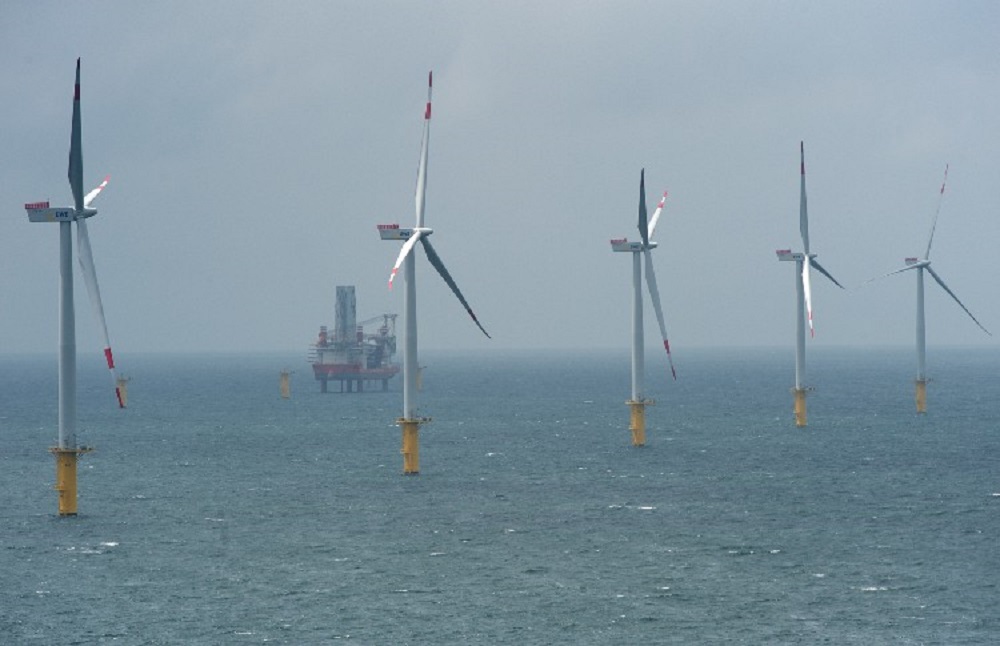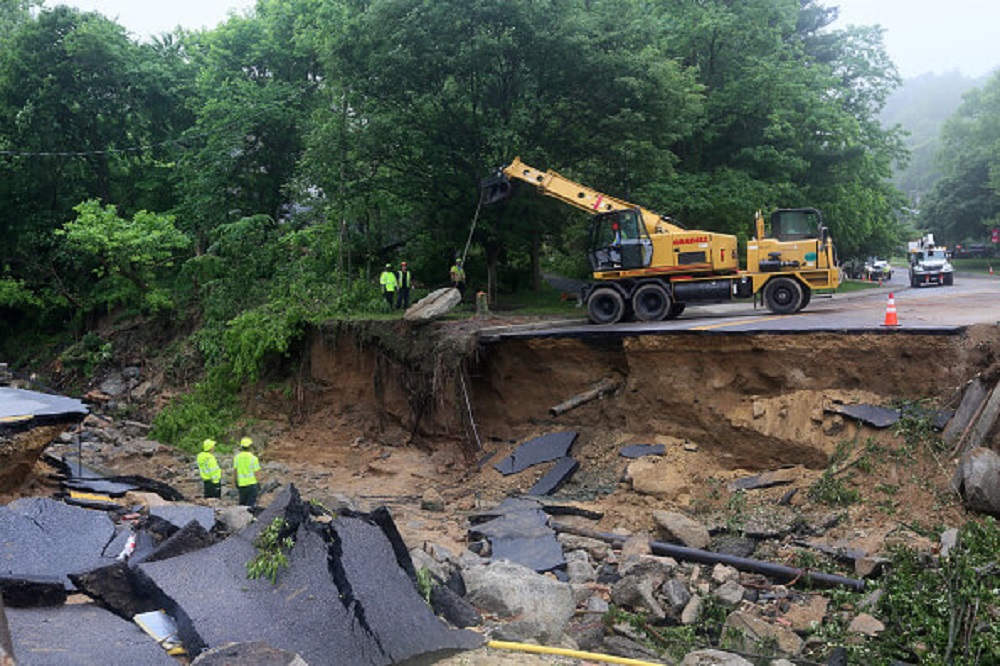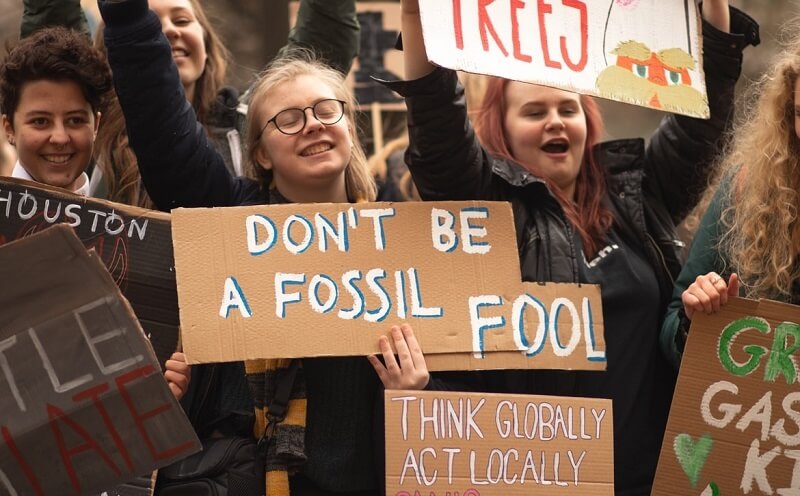What do Fort Detrick, Fort Meade and Joint Base Andrews all have in common? All — along with Naval Support Facility Indian Head — face current and future flooding threats due to climate change, according to a recently released Defense Department report.
The report comes only weeks after a separate Trump administration study called for action around the globe — and in the U.S. — to address the rising risks posed by climate change. Yet, while climate policy in the nation’s capital is poised to take a step backward due to partisan politics, Maryland has a chance to move forward. And here, Gov. Larry Hogan and Maryland’s political leaders have the opportunity to step up once more by supporting the Clean Energy Jobs Act, which passed the Maryland Senate last week by a vote of 33-13.
It is clear that climate change is taking its toll in Maryland. Counties across the state are seeing temperatures rise. The annual average temperature in Prince George’s County is up by more than half a degree. From Baltimore County to Worcester County, the story of rising temperatures is the same. Warming temperatures lead to rising sea levels that damage property, undermine labor productivity and stunt economic growth. With 3,000 miles of tidal shoreline, Maryland is particularly vulnerable to the threat posed by rising sea levels. It’s one of the many reasons why Gov. Hogan has rightly said that climate change could “cripple our economy.”
But while there are risks, there is also tremendous opportunity. Maryland is in a race with states nationwide to secure the next generation of clean energy jobs. And, as in any race, it’s critical not to fall behind. Fortunately, the Clean Energy Jobs Act will soon be introduced in Annapolis. This measure would ensure that Maryland builds on its fast start in the race for the green energy jobs of tomorrow.
The common sense act has drawn praise from lawmakers around the state. It would move Maryland to 50 percent renewable electricity — like wind and solar power — by 2030, with a path to 100 percent soon after. That would bring Maryland in line with calls from the world’s top scientists to cut fossil fuel emissions. But the act isn’t only good environmental stewardship — it’s good for business. It would support and retain as many as 20,000 good green jobs.
There are positive public health benefits, too. Take the city of Baltimore for example. There, children are afflicted with asthma at twice the national average rate. The act will improve air quality — reducing asthma attacks and lowering the risk of premature deaths from associated respiratory complications. Low-income communities and communities of color bear the brunt of dirty energy — facing higher cancer risks from nearby facilities. Under the act, air quality will no longer be a burden but an asset. And investments in economically distressed areas of the state will remove barriers to entry for minority-, veteran- and women-owned businesses — better reflecting the diversity of Maryland’s workforce.
As with any piece of legislation, there are good questions being asked of how it will be paid for. There is little cost to taxpayers. The act costs less to taxpayers per month than purchasing a single soda at the supermarket. Any criticism based on cost does not hold up to serious scrutiny. Some have also called for further studies of the issue. Realistically, there is little more good insight to be gained from continued study. And, further delays risk halting Maryland’s progress as other states race ahead in their efforts to secure good green jobs.
It’s no great wonder then why a diverse coalition from around Maryland has joined together to support the measure. From scientists and business leaders, to labor unions and social justice advocates, all see the ready benefits of Maryland’s clean energy future. And Maryland is not alone in recognizing the opportunity. Washington, D.C., New Jersey and New York are already implementing 50 percent renewable electricity goals.
The Clean Energy Jobs Act is a common sense measure to combat growing climate risks. The benefits for Maryland are clear. Gov. Hogan and Maryland’s political leaders have an opportunity to lead once more. Doing so will again shine a bright light on Maryland’s role as a model for the nation on climate.
–LOURDES TIGLAO
The writer is a veteran of the U.S. Air Force, a Silver Spring resident and a member of Truman National Security Project’s Defense Council.




 Creative Commons Attribution
Creative Commons Attribution